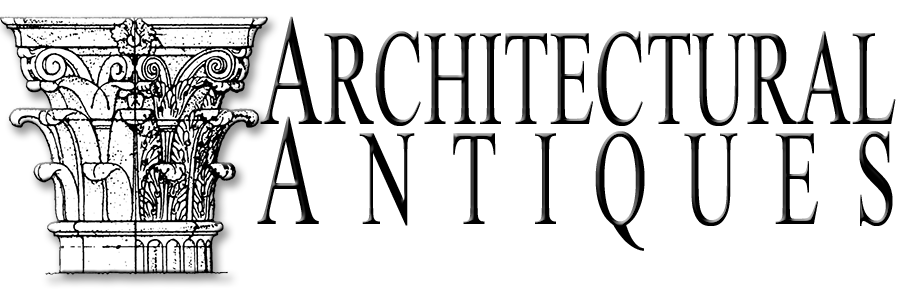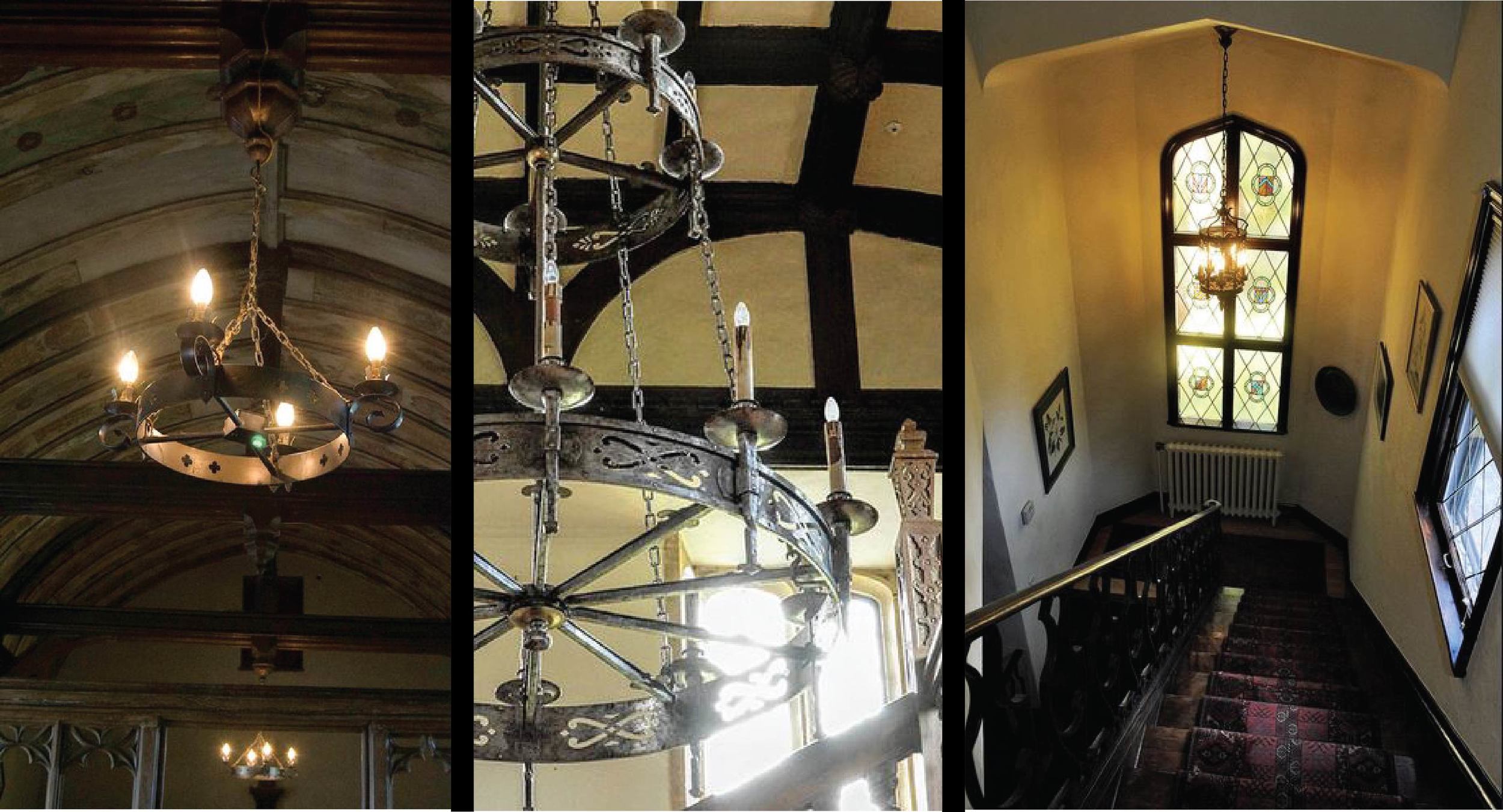The griffin is a mythical creature, with the head, wings, and talons of an eagle and the body and hind legs of a lion. It is thus composed of the most royal of the birds and the beasts. The griffin was thought to find and guard mines of gold and hidden treasures. The only feature that differentiates a griffin’s head from an eagle’s is its large ears, which stand up from its head. In heraldry, the griffin can be found in all sorts of positions but a female griffin’s wings are never closed. A male griffin, for some reason, does not have wings. Instead, it is adorned with spikes at various points on its body. The male griffin is seldom found on ornamentation. In the Middle Ages, hybrids such as this one were assumed to be possible and to actually exist, just as a mule, which is a cross between a horse and a donkey. Mules were known to be unable to reproduce though, so it seemed logical that a hybrid like a griffin would not be able to either. This explained why griffins were so rare and rarely seen.
Owl
The owl symbolizes one who is vigilant and quick-witted.
It is always depicted in heraldry with its face affront, or facing the observer, though the body is not usually so placed.













